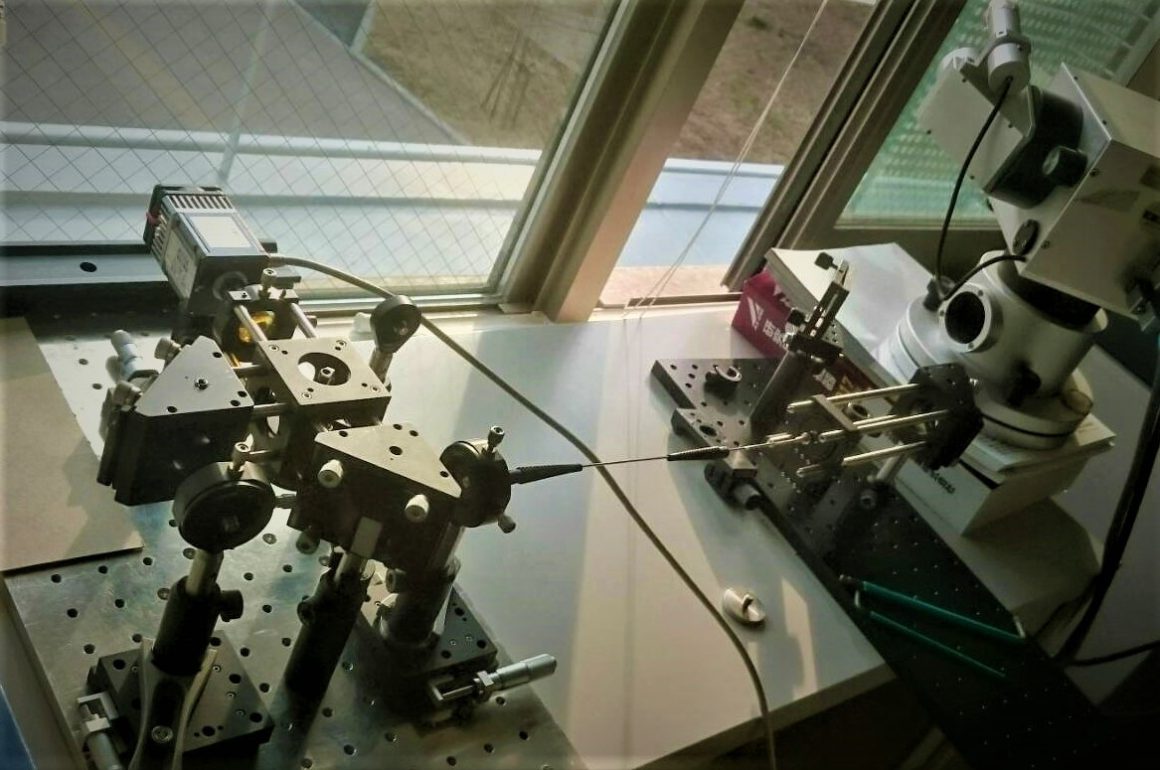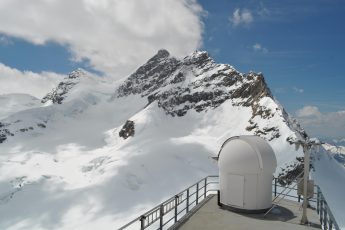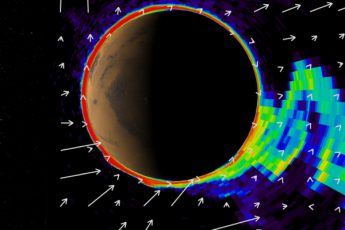MIR fiber heterodyne spectroscopy

Light arriving from a planet contains a lot of information about the planet’s atmosphere, and this information can be retrieved by analyzing the light in the direction of its wavelength, as called spectroscopy. In particular, the infrared region contains a lot of finger-prints, and the infrared spectrometer is a device that splits the light into its wavelengths. To observe the atmospheres of other planets, it is desirable to install infrared spectrometers on spacecraft to avoid the effects of the Earth’s atmosphere. However, the performance of infrared spectrograph on board satellites is limited. This is because increasing the performance makes the instruments larger and heavier, but there are severe restrictions on the size and weight of the instruments that can be mounted on a satellite. In the visible light range, the optical fibers have been applied to reduce the size and weight of the device without decreasing its performance. In the mid-infrared region, there have been no optical fibers with high transmission efficiency. We have been developing a prototype infrared spectrograph for spacecraft using newly developed hollow fibers, and we are conducting research on whether we can obtain the desired performance and whether it can withstand the harsh environment of space.
(Satoki Tsukada, Master’s course 1st)





